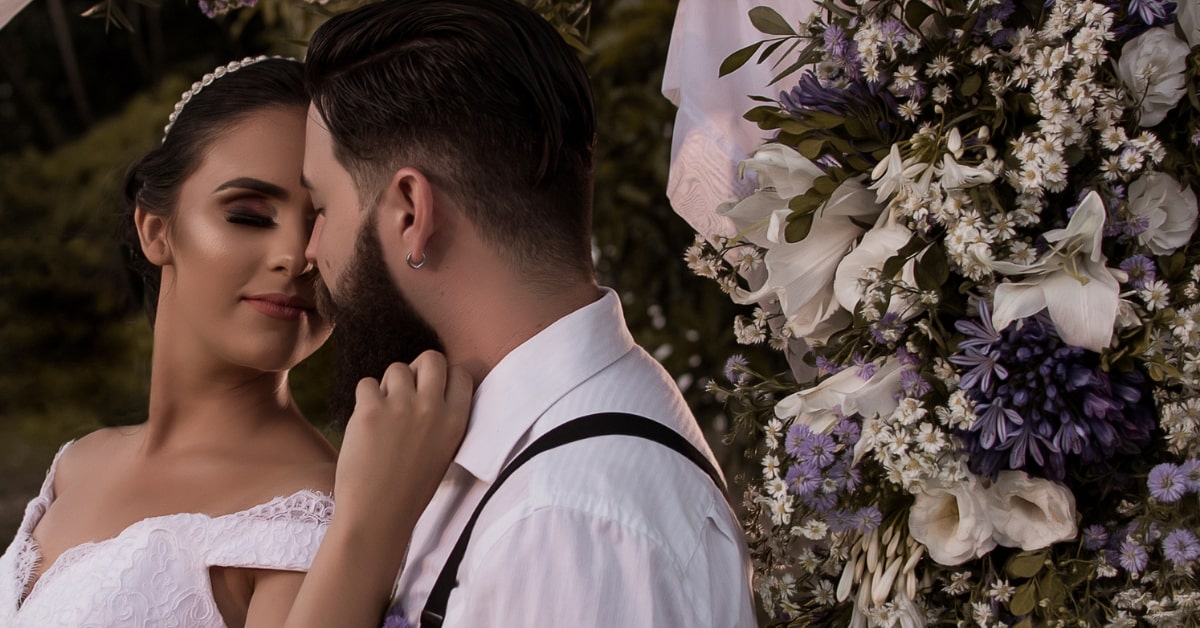Wedding photography is an art that demands not just photographic skills but also impeccable post-processing. As a photographer, balancing the demands of shooting and image editing can be overwhelming. Enter outsourcing—an effective solution that allows photographers to focus on their craft while ensuring professional-grade edits. In this guide, we’ll explore the ins and outs of outsourcing wedding photo editing for a seamless and efficient workflow.
Understanding the Need for Outsourcing Wedding Photo Editing
Wedding photo editing is a time-consuming process that requires precision and attention to detail. Outsourcing this task can offer several benefits, including:
- Time Efficiency: Free up time for photographers to concentrate on capturing moments rather than spending hours in front of the computer.
- Consistency: Ensuring a consistent and professional look across the entire wedding album through standardized editing processes.
- Scalability: Allowing photographers to take on more projects without compromising the quality of their work.
- Expertise: Leveraging the skills of professional editors who specialize in photo retouching and enhancement.
Steps to Effectively Outsource Wedding Photo Editing:
- Evaluate Your Editing Style:
- Before outsourcing, understand your editing style. This will help in communicating preferences to the editing service.
- Research and Choose a Reputable Editing Service:
- Look for editing services with positive reviews, a strong portfolio, and a good reputation for delivering high-quality results.
- Communicate Clearly:
- Provide detailed guidelines, sample images, and specific instructions to ensure the editing service understands your vision.
- Start with a Trial Batch:
- Begin with a small batch of images to assess the quality of the editing service and ensure they align with your requirements.
- Establish Consistent Communication:
- Maintain open communication with the editing service, sharing feedback and adjustments to improve collaboration.
- Define Turnaround Times:
- Clearly communicate deadlines to ensure that the edited images are delivered within the expected timeframe.
Benefits of Outsourcing Wedding Photo Editing:
- Focus on Photography:
- Allows photographers to concentrate on capturing moments and growing their business rather than being tied up with post-processing.
- Increased Productivity:
- Enhances productivity by saving time spent on editing, enabling photographers to take on more clients and projects.
- Access to Expertise:
- Taps into the specialized skills of professional editors who are adept at enhancing wedding photos.
- Consistency Across Projects:
- Ensures a uniform and professional look across all wedding albums, enhancing the photographer’s brand.
FAQs
How do I find a reliable wedding photo editing service?
Research reputable editing services, read reviews, and consider asking for recommendations from fellow photographers or industry peers.
Is it safe to share raw images with an outsourcing service?
Choose a service with secure data handling practices. Reputable services use encrypted channels to ensure the safety of your raw files.
Can I specify my editing preferences when outsourcing?
Yes, it’s crucial to communicate your editing style, preferences, and any specific requirements to ensure the final edits align with your vision.
What is the average turnaround time for outsourcing wedding photo editing?
Turnaround times vary, but many services offer flexibility based on your needs. It’s essential to discuss and agree upon timelines before starting the collaboration.
Conclusion
Outsourcing wedding photo editing can be a game-changer for photographers seeking to streamline their workflow. By following these steps and considering the benefits, photographers can enhance their efficiency, deliver consistent results, and focus on what they do best—capturing beautiful moments.
This page was last edited on 28 February 2024, at 11:43 am
